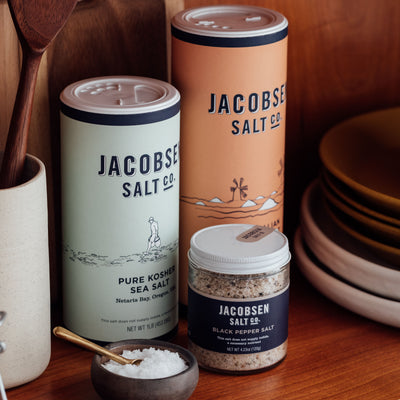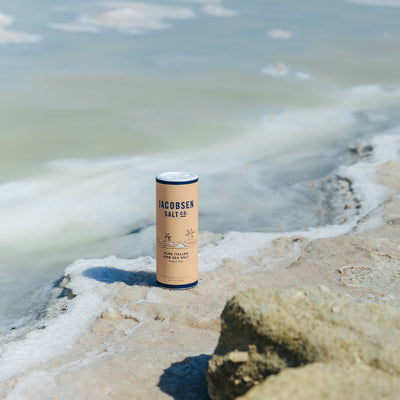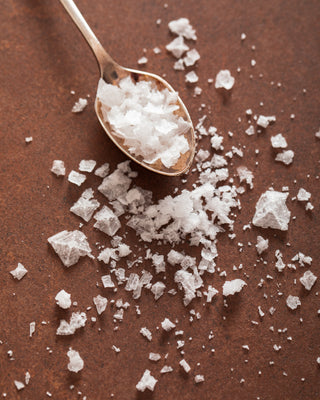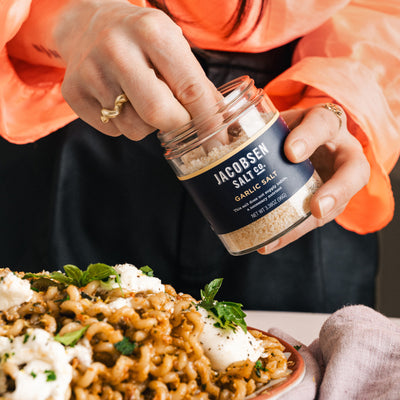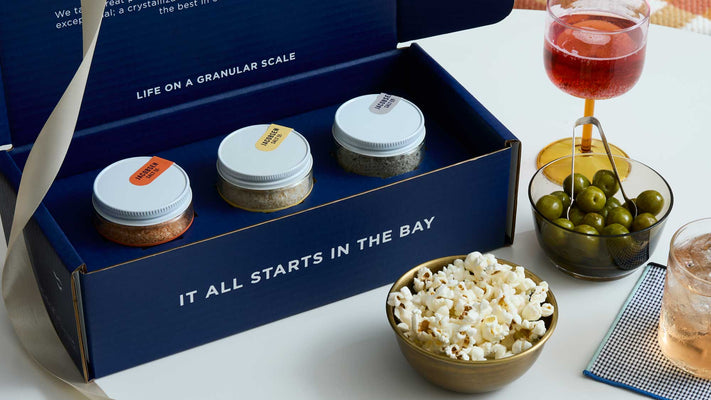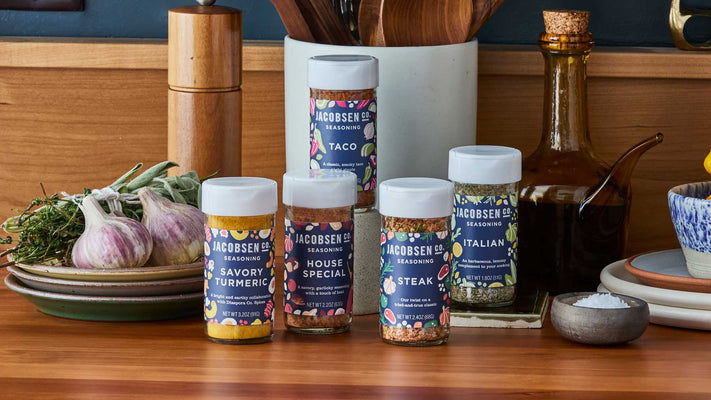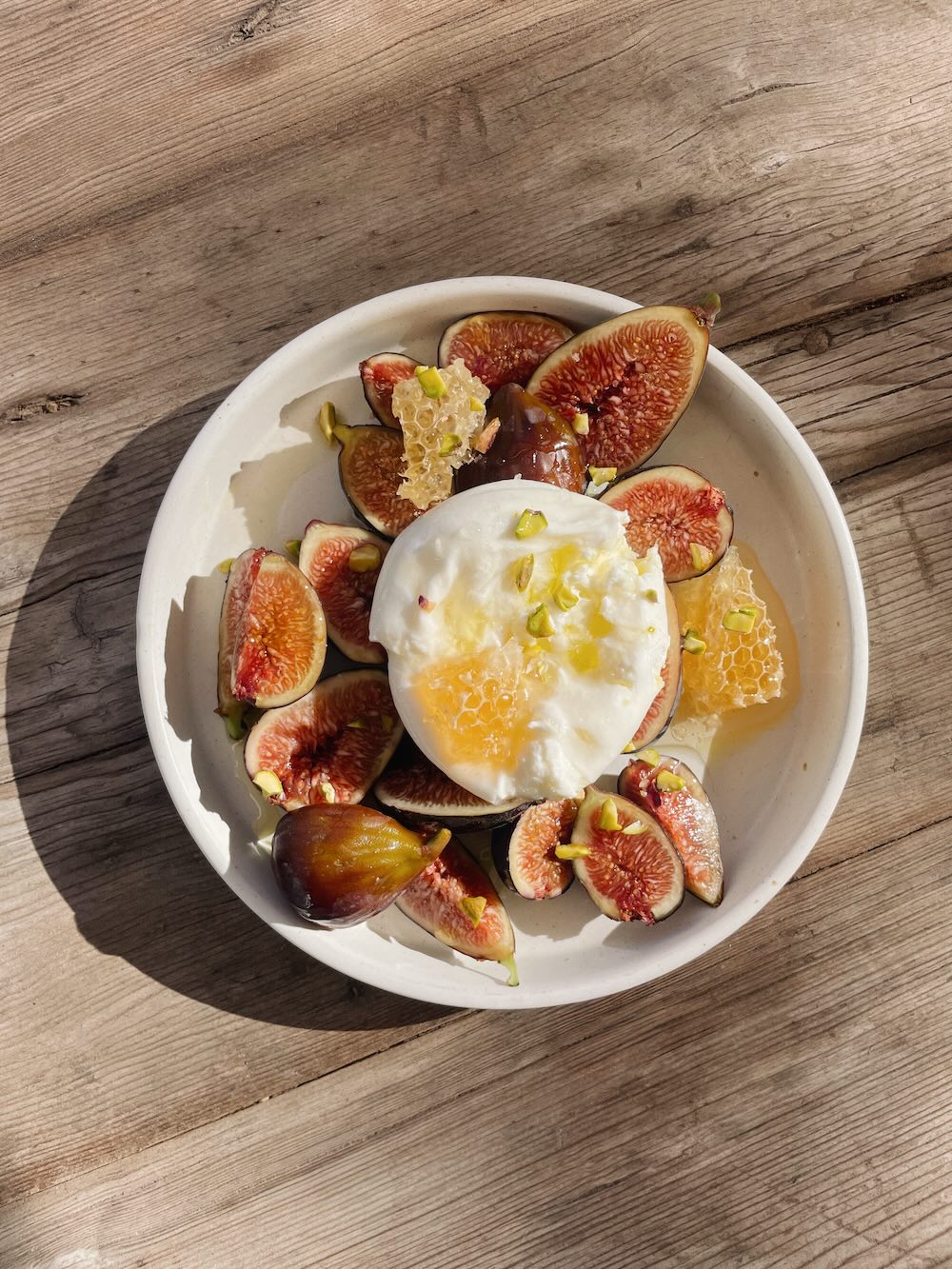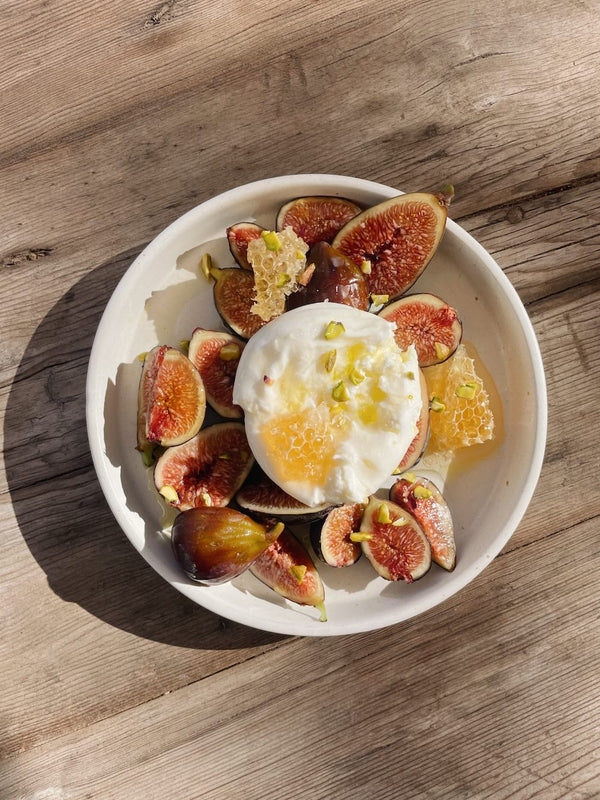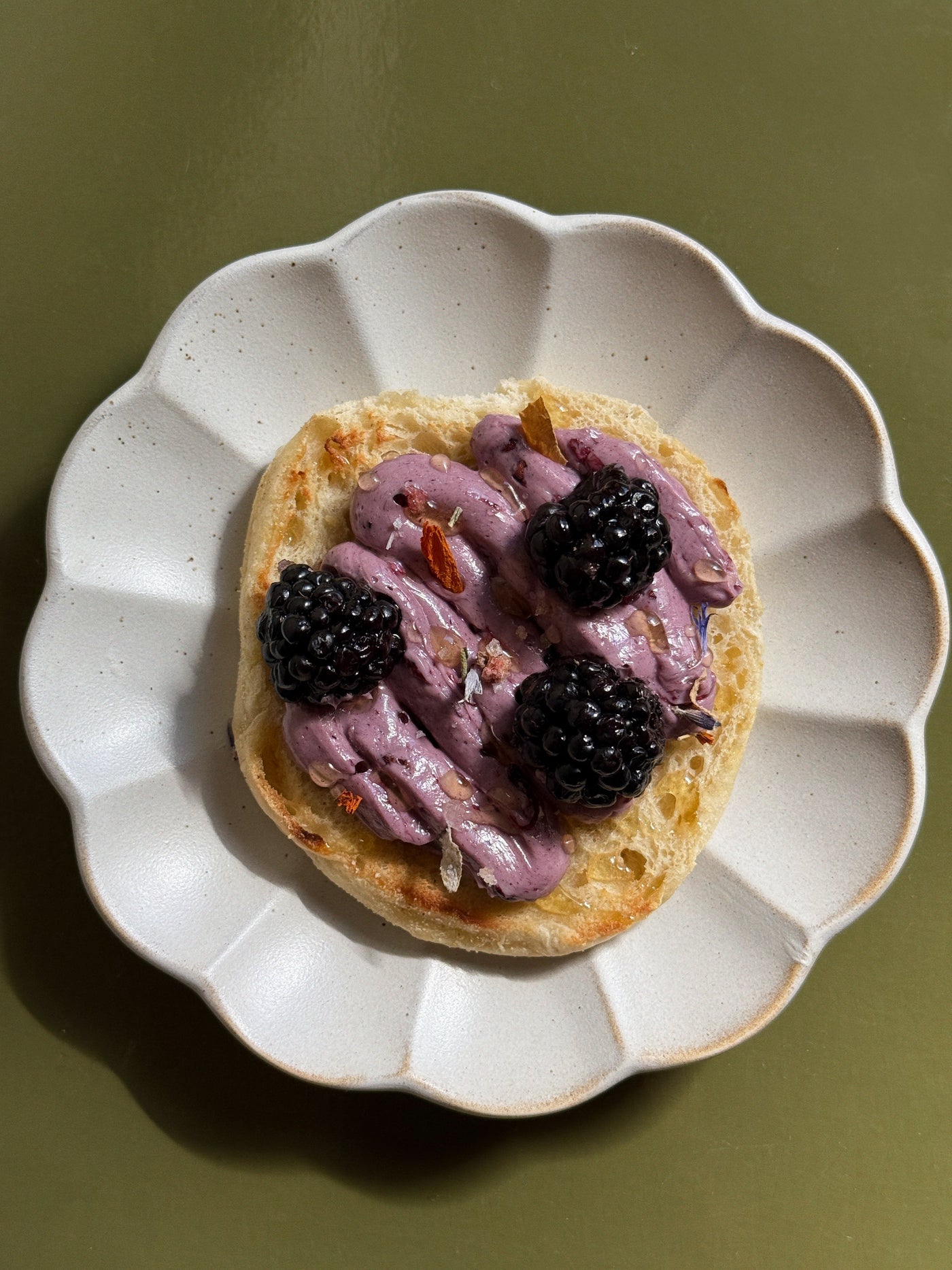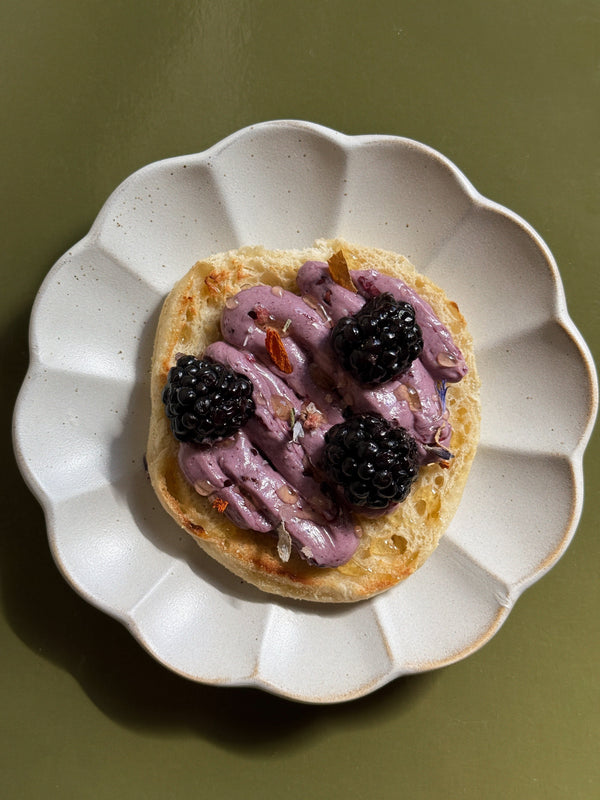

Beet-Cured Salmon Gravlax
Posted by:
Jacobsen Salt Co.
Posted on:
Nov 04, 2021
Shop The Recipe
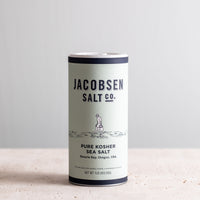
Pure Kosher Sea Salt
$13
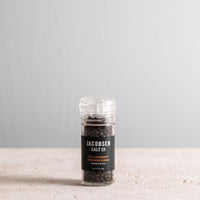
Sourced Tellicherry Peppercorn Grinder
$11
This beautiful beet-cured salmon is perfect for a special occasion and the upcoming holiday season. The salmon is cured with aromatic herbs and spices. Thinly sliced, it’s perfect as a canapés or to eat on its own with a little bread and cream cheese spread.
Have fun with different herbs and spices to change up the profile of the cure. Gravlax is basically salmon that’s been cured with salt, sugar and aromatics. The ratios vary between salt to sugar depending on your personal taste.The type of salt and quality used in the curing process is very important and Jacobsen Salt Co. Pure Kosher Sea Salt lends a nice clean profile to the salmon.
Recipe and Photos by: Brittany Conerly
Process
Rinse the fillet and dry it with a paper towel and lay it on a piece of parchment paper. Remove any pin bones and set salmon aside.
Cover the cutting board with a layer of plastic wrap so it doesn’t stain from the beets. With a grater, grate the raw beet on the biggest holes on a box grater. Gather up the grated beets in the plastic wrap and transfer them to a food processor.
Add the sugar, salt, peppercorns and coriander to the food processor. Pulse mixture 7-10 times in short spurts until mixture begins to look uniform and sandy. Transfer the beet mixture to a mixing bowl, add the lemon zest, and dill, mix until everything is combined.
Splash the gin across the flesh and the skin side of the salmon and make sure to smooth it all over the salmon. Place the salmon flesh side down, onto the the parchment paper. Spread half of the beet-salt mixture evenly over the salmon. Flip the salmon over, skin side down, on top of the beet mixture and pack the remaining beet-salt mixture across the flesh side of the salmon. Fold up the edged of the parchment paper toward the salmon and then fold the bottom side over the top. Wrap the entire salmon package in several layers of plastic wrap (must make sure it is sealed very). Lay the salmon on a rimmed baking sheet (make sure the baking sheaths at least 1/2-inch sides, as a lot of liquid will escape). Place another baking sheet on top and top the second sheet with any object or objects weighing a total of about 5 pounds.

Refrigerate the weighted baking sheets for 16-18 hours. After that time, flip the salmon over, then reweigh it and refrigerate for another 16-18 hours. Open the salmon package and brush away the excess beet-salt mixture, reserving the mixture in case you find you need to continue curing the salmon for a few more hours.
The salmon is ready when it springs back gently when you touch it. You don’t want your salmon too hard or too soft. Slice a small piece and taste it.
When fully cured, rinse the salmon with water and pat dry with paper towels. Lay the salmon on the cutting board and slice horizontally between the skins of the salmon and the flesh to separate the two. Do not remove all of the salmon from its skin, slice only about 2 inches deep.

